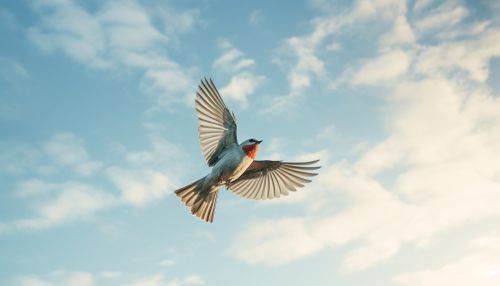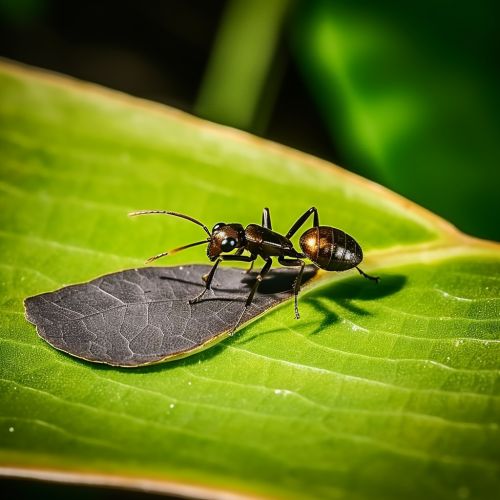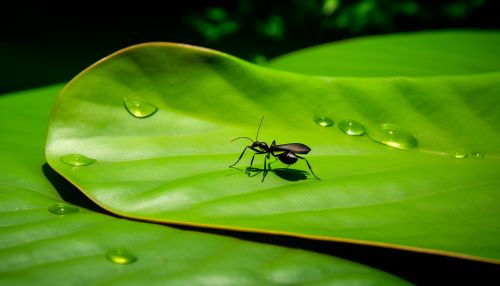Applications of Animal Navigation
Introduction
Animal navigation refers to the ability of many creatures to find their way accurately without maps or instruments. Animals such as birds, insects, mammals, fish, and reptiles exhibit this remarkable skill, using a variety of methods. These methods include magnetoreception, celestial navigation, landmark use, and olfactory cues. The study of animal navigation has not only deepened our understanding of animal behavior but has also found practical applications in various fields.
Magnetoreception
Magnetoreception is the ability to detect magnetic fields to perceive direction, altitude, or location. This sense plays a crucial role in how some animals navigate over long distances. Birds, in particular, are known to use Earth's magnetic field to guide their migratory paths.


The study of magnetoreception in birds has led to advancements in our understanding of magnetic fields and their effects on living organisms. This knowledge has been applied in the design of navigation systems and the development of new technologies for detecting magnetic fields.
Celestial navigation is another method used by animals, particularly by nocturnal species and those that undertake long-distance migrations. They use the sun, moon, stars, or even the Milky Way to orient themselves and navigate.
Research into celestial navigation has influenced the development of human navigation tools. For example, the sextant, an instrument used to measure the angle between a celestial object and the horizon, was inspired by observations of birds using the sun and stars to navigate.
Landmark Use
Many animals use landmarks to navigate their environment. These can be physical features such as trees, rocks, or rivers, or they can be more abstract, such as the presence of other animals or specific scents.
The use of landmarks is not limited to large-scale navigation. It is also crucial in small-scale movements, such as foraging for food. Studies on the use of landmarks in animal navigation have informed the development of navigational aids for humans, including GPS and map-making.
Animals also use olfactory cues to navigate. This is particularly true for mammals, which often rely on scent trails to find food or mates, and to avoid predators.
Research into olfactory navigation has had practical applications in various fields. In medicine, for example, it has led to a better understanding of the human olfactory system and its role in disease. In technology, it has inspired the development of electronic noses – devices capable of detecting specific scents.
Applications
The study of animal navigation has had far-reaching implications and applications. In addition to those already mentioned, it has influenced the fields of robotics, computer science, and artificial intelligence. For example, algorithms based on the navigational strategies of ants and bees have been used to optimize network routing protocols.


